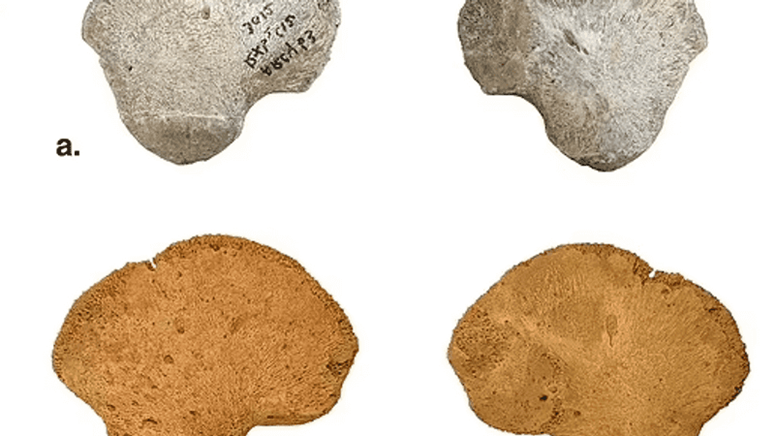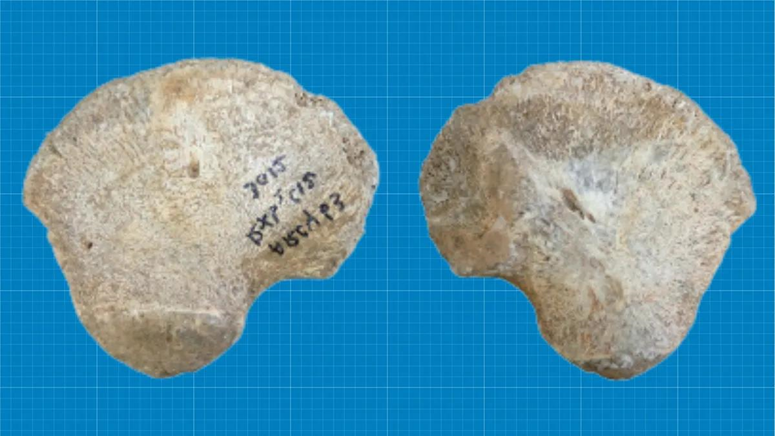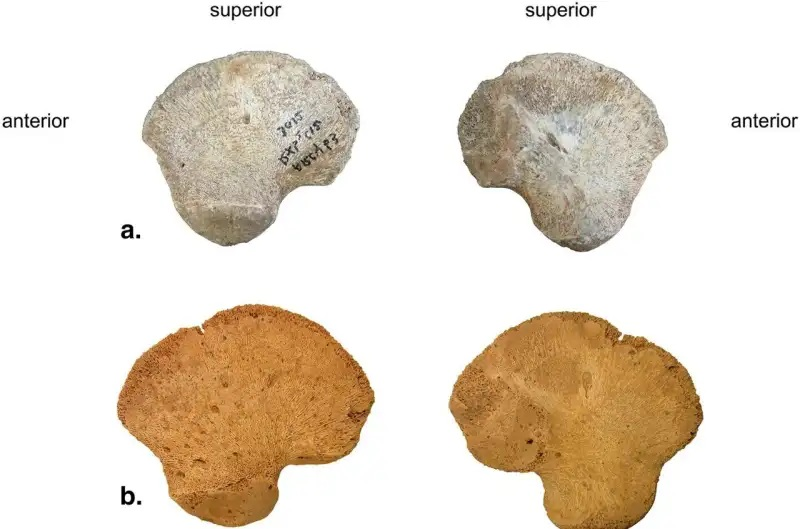After the skull, a pelvic bone... a discovery that may rewrite the story of human evolution

The bone is due to its belonging to an early modern human race
For the second time in a week, scientists have discovered bone remains belonging to an unknown early human species.
Anthropologists in France found a 45,000-year-old pelvic bone from an infant that did not match a Neanderthal.
And Neanderthal is one of the species of the genus Homo that settled in Europe and parts of Western Asia and Central Asia.

"We suggest that this bone belongs to an early modern human lineage whose morphology differs slightly from that of present-day humans," the team wrote in the study, which was published in the journal Nature.
In another study published this week, a skull discovered in 2019 in eastern China baffled scientists, as it is unlike any human skull ever discovered and could rewrite the story of our evolution.
And if the studies conducted on the discovered bones prove correct, another branch may be added to the branches from which Neanderthals descended, which necessitates further research in the human tree of life.

The 300,000-year-old skull belonged to a 12- or 13-year-old swallow.
It is close in its features to the structure of Denisova, which is one of the extinct species of humans of the genus Homo, It shares one origin with Neanderthals and migrated from Siberia to Southeast Asia.
Scientists said this strange skull shape had never been recorded in hominin fossil groups from the late Middle Pleistocene in East Asia.

Human history is messier than we thought
This is not the first time that human remains have shaken up the evolutionary path that scientists believe is humankind.
The remains found in Morocco in 2017 have features similar to Homo sapiens, and suggest that humans may have appeared much earlier than previously thought.
Recent findings of ancient human remains in Palestine and Greece dating back about 200,000 years suggest that human ancestors may have left Africa much earlier than previously thought.

There is also paleontological and genetic evidence indicating that ancient humans interbred with Neanderthals and Denisovans, their cousins, further complicating bloodlines.
Source: websites

